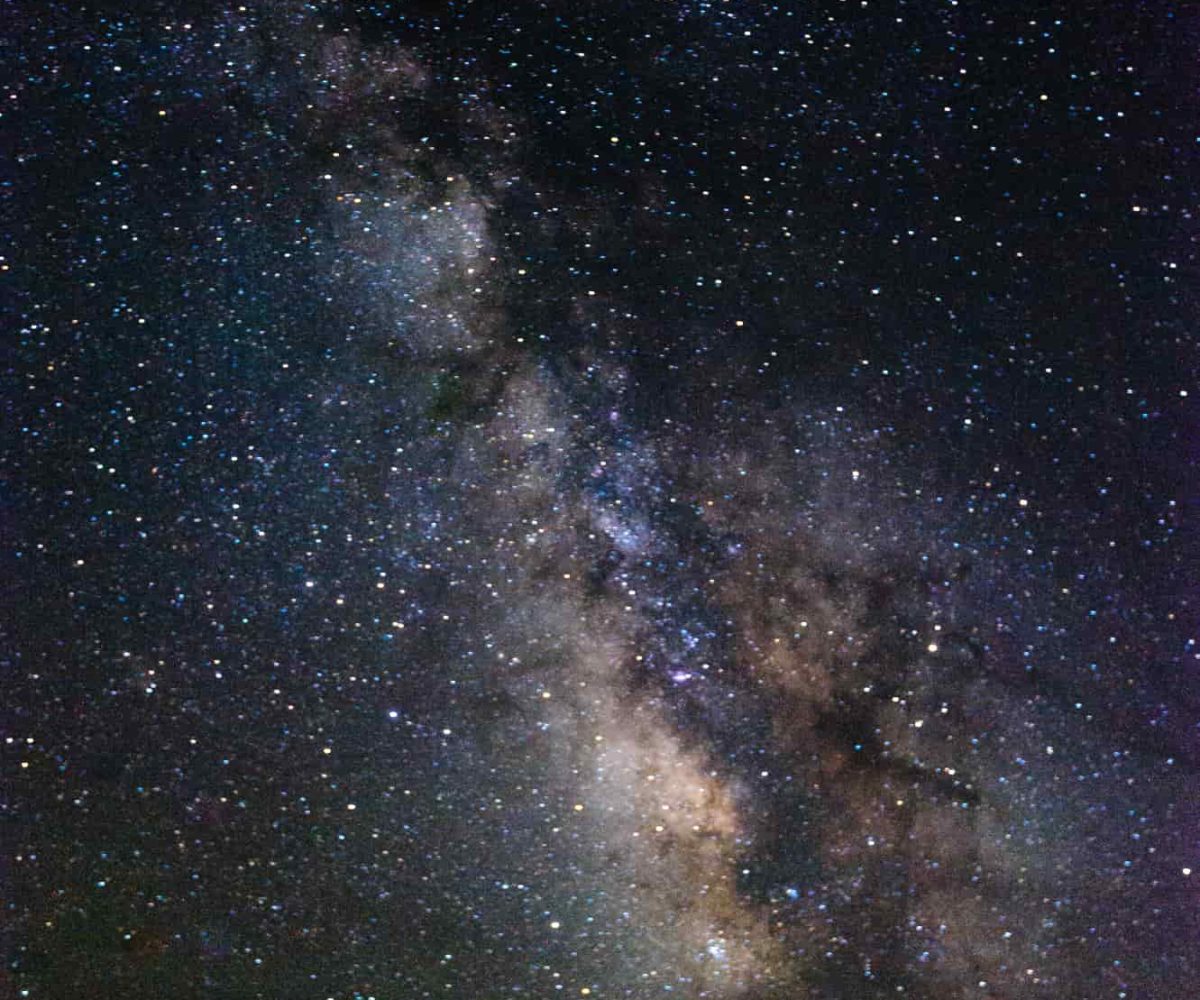Stargazing for Beginners: Enjoying Astronomy While Camping

Stargazing is a hobby that can take you to the stars while keeping your feet firmly on the ground. It’s an activity that merges science and wonder, offering an educational experience and a sense of awe. All you need to start are clear skies, a little patience, and a sense of curiosity.
And there’s no better setting for stargazing than camping trips. Away from light pollution, the night sky in a campsite can reveal celestial phenomena hidden in urban settings. However, it requires some planning. There are considerations such as choosing the right location, checking the weather, and familiarizing yourself with basic celestial navigation.
But don’t worry; we’ll guide you through it and ensure your camping trip is unforgettable.
1. Do Your Research About Visible Phenomena
To have a successful stargazing event, research factors like location, time, and weather conditions as the night sky varies. For instance, you’ll see different constellations depending on which hemisphere you’re in. Similarly, the visibility of celestial bodies can vary based on how far you are from the equator.
The time of year also affects what you’ll see. For instance, during summer in the Northern Hemisphere, you can spot the Summer Triangle — a large star pattern of three bright stars: Vega, Deneb, and Altair. Winter nights bring the Orion constellation into clear view.
Likewise, weather and light conditions play a critical role. Clear, moonless nights are best for stargazing. Light pollution from nearby cities or towns can obstruct your view, so choose remote camping spots.
2. Get a Star Chart
A star chart, or a star or sky map, is an essential tool for any budding astronomer. It’s a night sky map at a specific time and location, showing stars, constellations, planets, and other celestial bodies. They come in various formats, such as traditional printed charts or digital tools.
For example, if you’re looking for the Big Dipper, a star chart can show you where to look based on your position and the time. This helps you find specific constellations faster and understand the broader layout of the night sky. Two great digital options are Sky Chart and SkyView.
3. Learn About Astronomical Objects and Phenomena
The night sky is filled with stars, planets, galaxies, nebulae, meteor showers, and comets if you’re lucky. Learning about these astronomical objects and phenomena beforehand helps contextualize your experience.
For instance, knowing that Jupiter’s four largest moons are visible with good binoculars or a small telescope can make the sight of the gas giant even more exciting. Similarly, understanding that the fuzzy patch in the constellation Andromeda is the Andromeda Galaxy, the most distant object visible to the naked eye, adds a sense of awe to the observation.
Before your trip, read about the celestial bodies you’re likely to see. Learn about their size, distance from Earth, and unique features to help you identify these objects and appreciate their scale and beauty.
4. Choose Your Spot Strategically
Finding the right camping spot is crucial for an optimal stargazing experience. Here are a few characteristics to consider:
- Low light pollution: Urban areas and campsites near cities often suffer from light pollution. Opt for remote locations away from this. Websites like Dark Site Finder can help you find low-light pollution areas.
- Open sky views: Look for campsites with unobstructed views and avoid places with tall trees or cliffs.
- High altitude: The higher up you are, the clearer your views. Mountainous or hilly areas are great.
- Weather: Dry and clear climates are best for stargazing. Check the weather forecast beforehand.
Choose your spot strategically for the best possible conditions.
5. Make a Checklist for Your Equipment
Stargazing requires a few critical pieces of equipment, alongside your list of everything you’ll need for your trip. Forgetting something could dampen your experience. Use this checklist to ensure you’re all set:
- Telescope or binoculars: These are your primary tools. Binoculars are portable and have easier use, but a good telescope can reveal distant and faint objects.
- Star chart map or app: As discussed earlier, these will guide you.
- Red flashlight: A red flashlight helps you see in the dark without needing to adjust your vision.
- Comfortable seating or blanket: You’ll look up for extended periods, so bring something comfortable to sit or lie on.
- Warm clothes and bug spray: Depending on the location and time of year, it can get cold at night, and bugs can be a bother.
Double-checking your list before leaving ensures you have everything you need.
6. Bring Backup Equipment
Stargazing equipment can be delicate and potentially costly to replace. Given the outdoor nature of camping, there are risks of damage or loss, making backup equipment and protective measures necessary. Consider bringing extra binoculars and additional batteries. If using a sky map app, ensure your phone is fully charged and bring a portable charger.
Protecting your equipment is equally important. Telescope lenses can easily get scratched or dirty, so bring a lens cleaning kit. Consider a telescope cover for protection against dust or dew.
7. Bring Comfortable Seating and Warm Clothes
Stargazing often involves long periods of stillness in the cool night air. Ensuring your comfort by considering the following:
- Seating: Consider portable, collapsible chairs that are easy to carry and set up. Some models even come with adjustable backrests to let you lean back comfortably. Camping cots or inflatable loungers are other great options. For a more budget-friendly alternative, a simple picnic blanket can also work.
- Clothing: Layered clothing is always recommended. Ensure you start with a base layer, have an insulating middle layer, and lock in the warmth with a wind and waterproof layer. Don’t forget a warm hat and gloves.
Having the right gear makes your experience more enjoyable and safe.
8. Find Ways to Maintain Your Night Vision
Your eyes can take up to 45 minutes to fully adapt to darkness, but you’ll be able to see much fainter stars once adapted. Nevertheless, even a short exposure to intense light can reset this process of adaptation.
Use red lights to maintain your night vision, as the long wavelengths affect night vision less. Many flashlights have a red-light mode or use red cellophane to cover the top of your regular flashlight. If you’re using a lantern, consider one with a red-light setting or use a red lantern cover.
9. Take the Opportunity to Also Enjoy the Landscape and Wildlife
Don’t forget to enjoy the terrestrial wonders around you. The quiet of the night often brings wildlife out, and with patience, you might spot nocturnal creatures. Likewise, take the time to explore your surroundings, whether it’s a sunrise hike or simply enjoying the peace of nature.
10. Responsibly Store Your Camping Equipment in the Off-Seasons
Proper storage and maintenance of your camping equipment, including stargazing gear, is crucial to its longevity and performance. This applies to everything from your telescope to more oversized items like RVs and boats.
For stargazing equipment, clean all lenses and delicate parts according to the manufacturer’s instructions before storing. Keep them in a clean and dry environment, ideally in their original packaging or a protective case.
When it comes to larger equipment like RVs and boats, off-season storage can be more challenging. Safeguard them by using RV storage and boat storage facilities. These assure that your vehicle will be protected and prepared for your next adventure.
With this guide, you’re all set for a successful night of stargazing. Remember to plan ahead, bring the right equipment and clothing, and take care of your gear for future use. Enjoy the awe-inspiring sights of the night sky, and don’t forget to share your experience with others.
